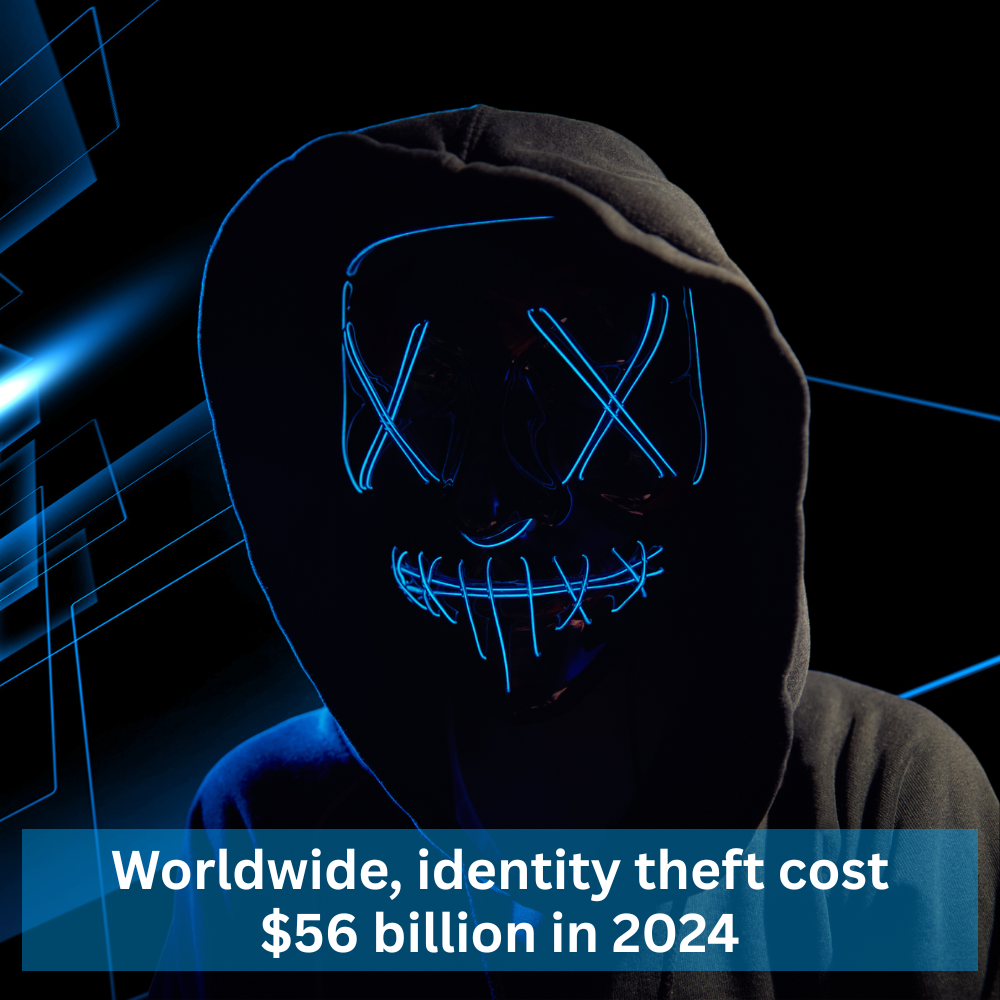Categories
In 2025, identity theft remains a pressing global challenge, fueling demand for robust verification solutions. Biometric Identity Systems are at the forefront, leveraging unique biological traits to deliver secure, user-friendly authentication. With identity theft cases spiking 22% in 2024, resulting in $56 billion in global losses, the need for advanced security is undeniable.
This article explores how Biometric Identity Systems are revolutionizing protection, their integration into everyday life, and their expanding role across industries, showcasing their transformative impact.

Identity theft continues to escalate, posing significant risks to individuals and organizations worldwide. Its financial and emotional toll underscores the critical need for Biometric Identity Systems to safeguard identities effectively.
In 2024, the U.S. reported 1.2 million identity theft incidents, up 15% from 2023. Globally, fraud losses reached $56 billion, with 45% of victims facing unauthorized account access. Over 65% of 2024 data breaches involved compromised credentials, exposing the fragility of password-based systems.
Identity theft’s economic impact is staggering, burdening both businesses and individuals. Victims dedicate an average of 180 hours to resolve issues, often grappling with stress and financial setbacks. Businesses face fraud-related losses and reputational harm, driving adoption of Biometric Identity Systems to mitigate these threats.
Biometric Identity Systems are now deeply embedded in daily life, enhancing security and convenience across various applications. From personal devices to global infrastructure, biometrics are paving the way for widespread adoption.

In 2024, 87% of smartphones globally incorporated biometric authentication, such as fingerprint or facial recognition, for unlocking and payments, a trend continuing into 2025.
Smart home devices, including locks with facial or voice recognition, are used in 60% of smart homes, bolstering residential security.
Biometrics streamline global travel, improving efficiency and safety. In 2024, 75% of passengers at major U.S. and EU airports used facial recognition e-gates, cutting processing times by 55%. Airports like Dubai International and Changi in Singapore integrate iris scanning, ensuring precise identity verification for millions annually.
High-security sites, such as data centers and government offices, rely on Biometric Identity Systems. In 2024, 85% of these facilities used fingerprint or iris recognition, ensuring only authorized access with near-perfect accuracy, a practice sustained into 2025.
The financial sector is embracing smart platforms, inspired by Asia’s pioneering efforts. These systems are transforming secure transactions, offering speed and reliability in banking and payments.
In China, Weixin processed over 12 billion biometric transactions in 2024, with 65% of in-store payments secured by facial recognition. Japan’s retail sector saw a 35% drop in payment fraud in 2024 due to palm vein systems, a success driving further adoption in 2025.
Western financial institutions are following suit. In 2024, banks like JPMorgan introduced facial and voice authentication for account access in the U.S. and UK. This trend is accelerating in 2025, as Biometric Identity Systems address rising fraud concerns in Europe and North America.
Governments are increasingly integrating Biometric Identity Systems to secure public services, supported by evolving regulations that promote their use while prioritizing privacy.
India’s Aadhaar program, serving 1.3 billion people by 2024, uses fingerprint and iris scans to authenticate access to government services. In 2024, nations like Nigeria adopted facial recognition for voter verification, enhancing election integrity, though specific fraud reduction data remains limited. These systems foster public trust by ensuring accurate identity checks.
The EU’s 2025 Biometric Privacy Framework enforces secure biometric practices, boosting adoption. Since 2020, countries in Africa and Asia, including Kenya and Indonesia, have mandated biometric SIM card registration, a policy expanding in 2025 to support secure digital identities.
Biometric Identity Systems are poised for significant growth, with emerging trends shaping their role in a secure, connected world. Coupled with AI advancements, these systems are set to redefine authentication by 2026.
In 2024, initiatives like London’s biometric transit ticketing system showcased their potential in public services, enabling seamless fare payments via facial scans. By 2025, smart cities are expected to adopt Biometric Identity Systems for utilities and transit, enhancing efficiency. With proven fraud prevention capabilities, these systems are likely to become the global standard for identity verification by 2026, ensuring safer interactions across all sectors.